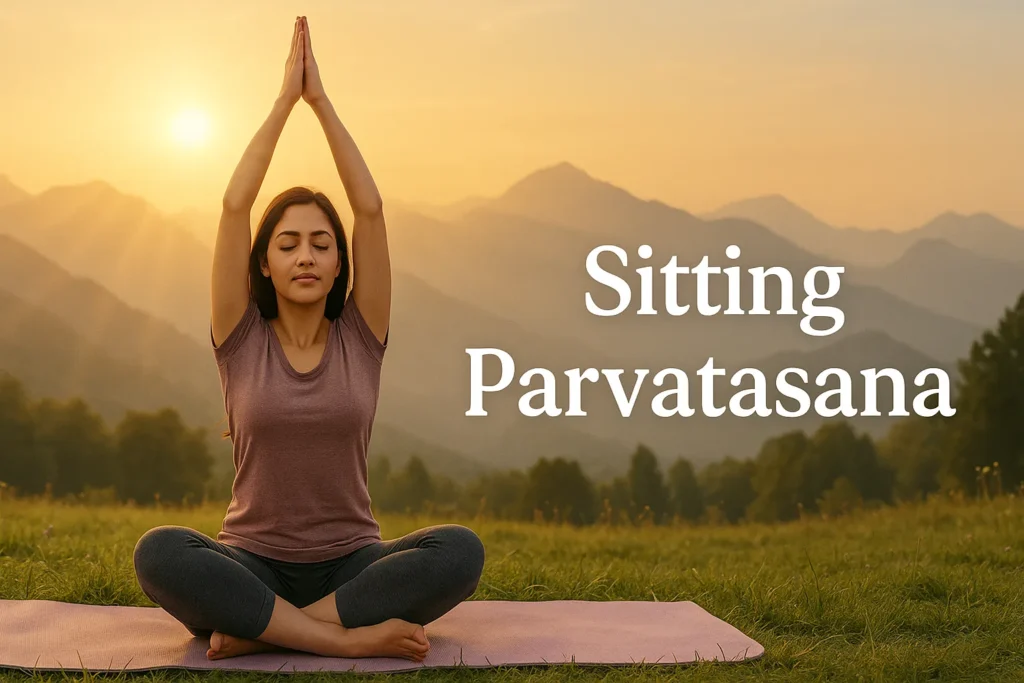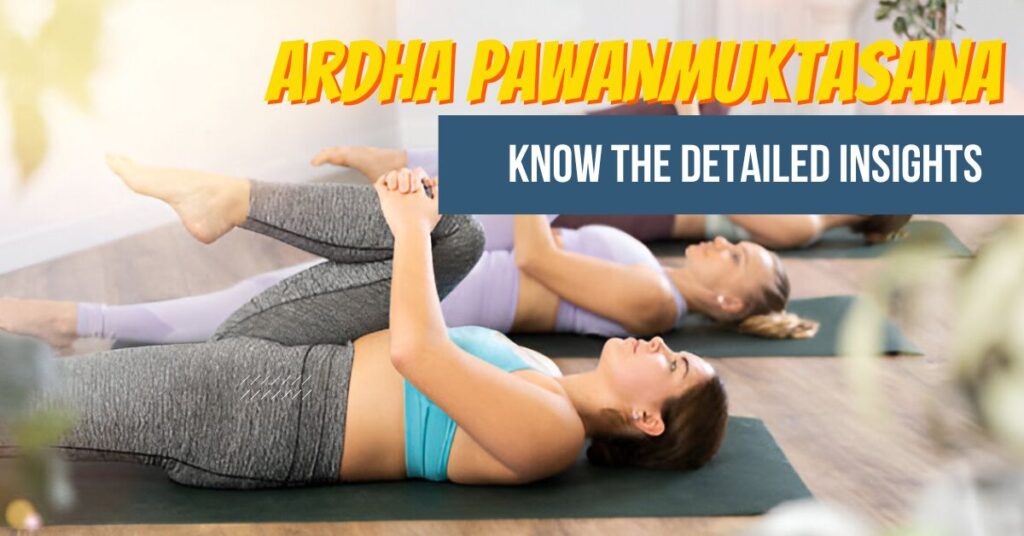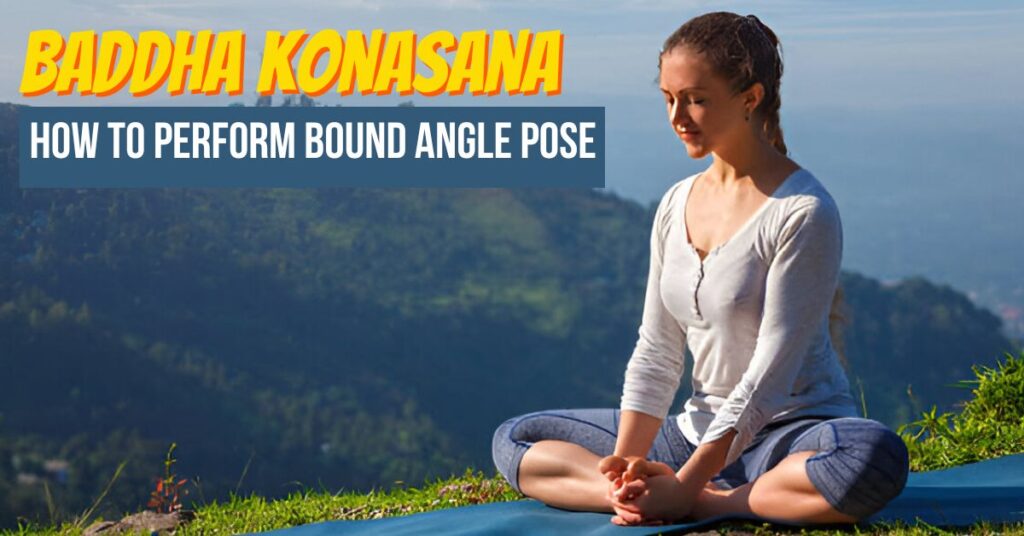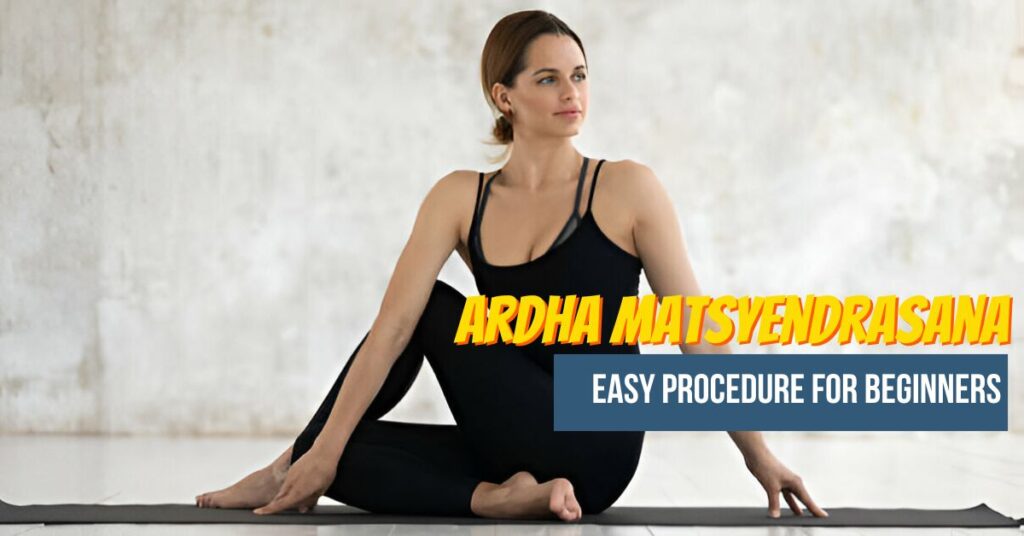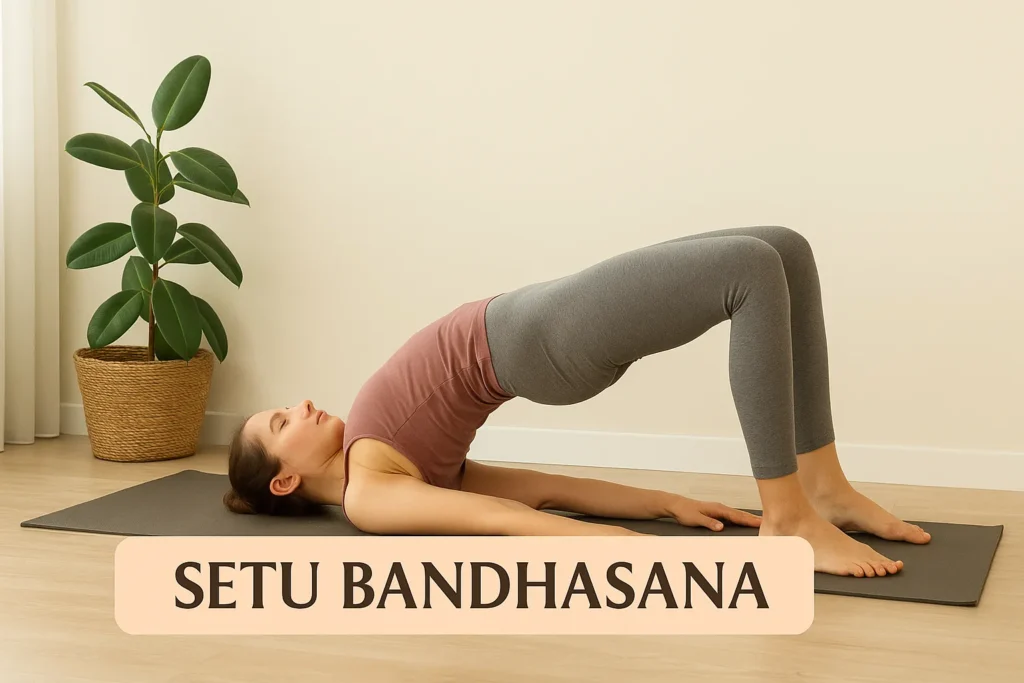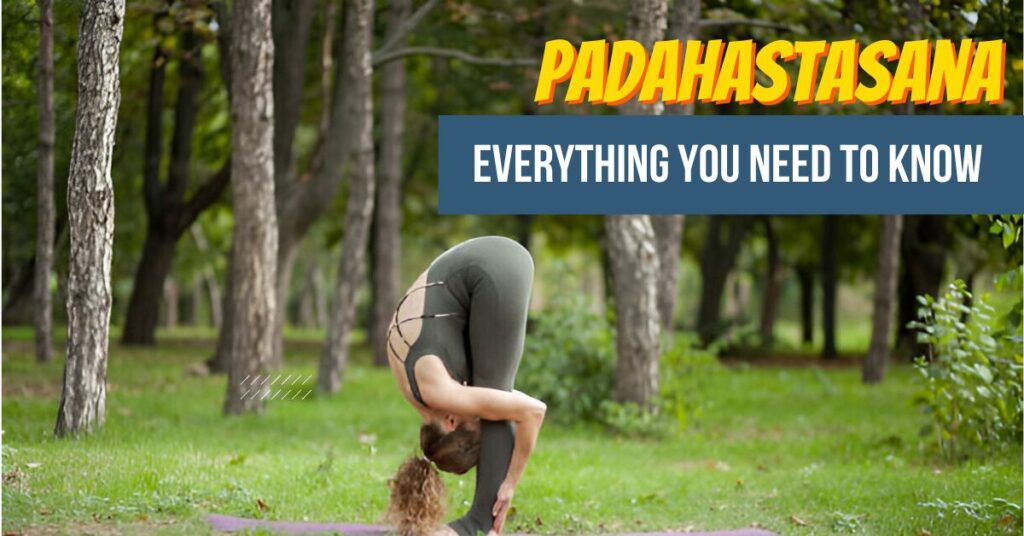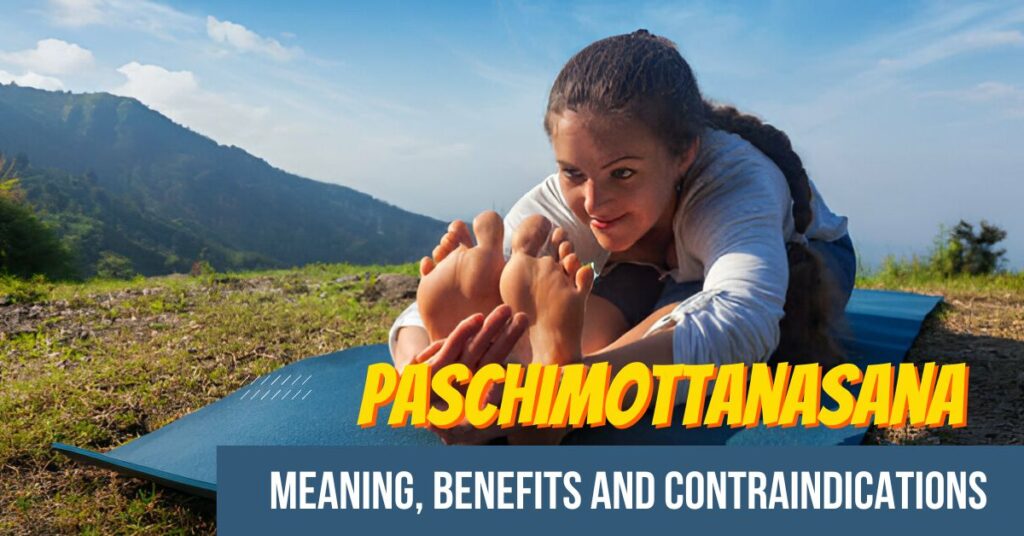Yoga is a beautiful journey where even the simplest postures can bring deep transformation. One such gem is Sitting Parvatasana, also known as the seated Mountain Pose. Though it may look calm and effortless from the outside, its impact inside the body and mind is truly profound.
Today, let’s dive into the world of Seated Parvatasana or Seated Mountain Pose, understand its meaning, steps, benefits, and why it’s such a powerful yet accessible pose for everyone.
What is Sitting Parvatasana?
Let’s start with the basics! Sitting Parvatasana is a seated yoga pose that focuses on improving posture, enhancing breath control, and creating a sense of lightness within. In Sanskrit, “Parvata” means “mountain,” and “asana” means “pose” — so think of yourself becoming steady and tall like a mountain while seated.
Many people also practice a variation called Padma Parvatasana, where the body is positioned in the Lotus Pose (Padmasana) before lifting the arms upward.
How to Practice Sitting Parvatasana?
Starting a new pose can feel a little overwhelming, but trust me, Seated Mountain Pose is wonderfully simple once you know the steps. Here’s how you can do it:
- Sit on a yoga mat with your legs crossed in Sukhasana (easy pose) or, for a deeper practice, in Padmasana (Lotus pose).
- Maintain a straight back, relax your shoulders, and gently tuck in your chin.
- Bring your palms together in Namaste mudra (prayer position) at your chest.
- Slowly inhale and stretch your hands upward, keeping the palms joined.
- Lengthen your spine upwards with each inhale, imagining yourself growing taller like a mountain.
- Hold the position for about 30 seconds to 1 minute while breathing deeply.
- Exhale gently and lower your hands back to your chest.
- Repeat 3 to 5 rounds.
Tip: Beginners can start by simply crossing the legs comfortably. Over time, as flexibility improves, you can move towards sitting in Padmasana for practicing Padma Parvatasana.
Seated Mountain Pose Benefits You Should Know
You might wonder: what’s the big deal about lifting your hands while sitting? Well, this small move creates magic inside the body. Here are some key sitting parvatasana benefits you’ll love:
- Regular practice helps in aligning the spine, which can gradually improve your natural posture.
- The stretch opens up the chest, allowing for deeper and fuller breaths.
- Sitting up straight while focusing on your breathing activates the parasympathetic nervous system, which helps calm your mind.
- Shoulder and back flexibility improve as you continue practicing.
- Sitting upright helps organs function better, giving a gentle massage to the digestive system.
- Staying still like a mountain teaches patience, enhances mental focus, and promotes inner stability.
No wonder so many yoga teachers recommend it even to beginners!
Padma Parvatasana: The Powerful Variation
Ready to level up your practice? Once you’re comfortable with basic Sitting Parvatasana, you can try Padma Parvatasana, where the pose is done while sitting in Padmasana (Lotus Pose). Here’s why it’s so amazing:
- Sitting in Padmasana strengthens your hip joints and pelvic muscles.
- The Lotus posture combined with the upward stretch balances the flow of prana (life energy) in the body.
- Padma Parvatasana naturally promotes a sense of rootedness while keeping the upper body light and expansive.
- It’s a favorite for meditation lovers, as the body feels grounded and still, allowing the mind to dive deeper.
Truly, the padma parvatasana benefits go beyond the physical and reach deep into mental and spiritual growth.
Tips for Practicing Safely
Before you roll out your mat and start stretching, a few quick tips can make your Sitting Parvatasana experience even better:
- Always prepare your body with light stretches for the hips, back, and shoulders before attempting this pose.
- If your hips are tight, sit on a folded blanket or a small cushion to lift your hips slightly. It makes it much easier.
- Never force your knees down in Padmasana. Comfort is key.
- Don’t just hold your breath! The magic of Sitting Parvatasana reveals itself through deep, relaxed breathing.
- Like any yoga pose, the real benefits of Sitting Parvatasana come with regular practice.
At Yogaasan, we always encourage students to be patient with their bodies and celebrate every small progress they make!
Who Should Avoid Sitting Parvatasana?
While Seated Mountain Pose is generally safe for most people, there are a few conditions where caution is advised:
- People with recent hip, knee, or spinal injuries should avoid sitting for prolonged periods without supervision.
- If you are experiencing severe back pain or have a herniated disc, it is important to consult a healthcare professional or a qualified yoga instructor before trying any new exercises.
- Pregnant women should perform this pose only under guidance and make necessary modifications.
Conclusion
Sitting Parvatasana may seem simple, but it holds the power to transform your body and mind in beautiful ways. Whether you are seeking better posture, deeper breaths, or simply a peaceful moment in your day, this seated mountain pose can be your go-to ally. And when you’re ready to deepen the practice, stepping into Padma Parvatasana can open even more doors to flexibility, focus, and inner harmony. At Yogaasan, we believe yoga is for everyone — and poses like Sitting Parvatasana are perfect reminders that small steps can lead to big changes.
